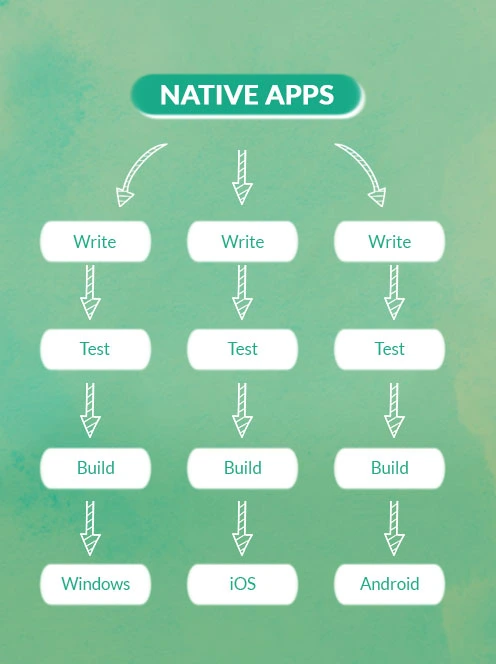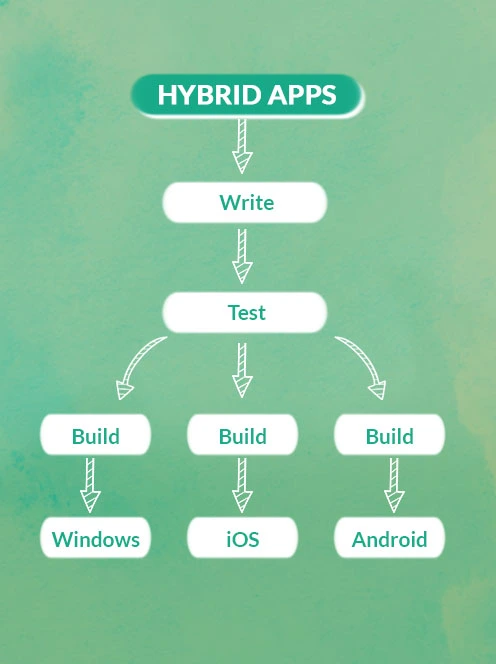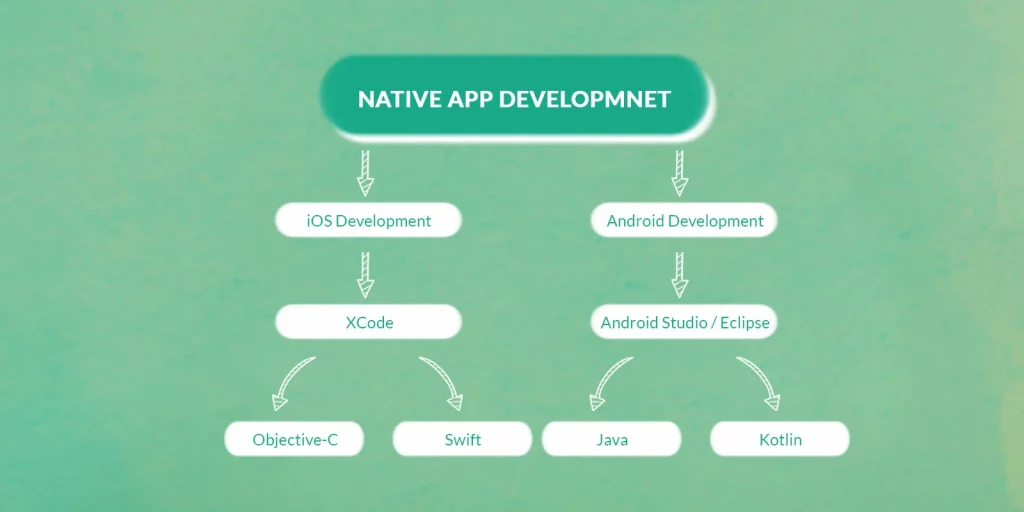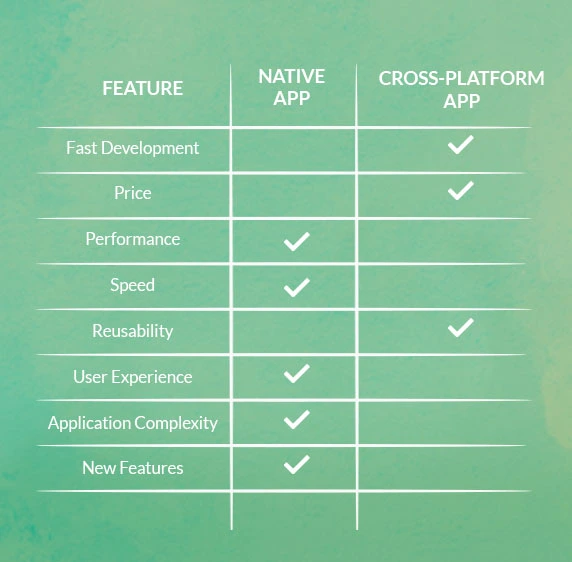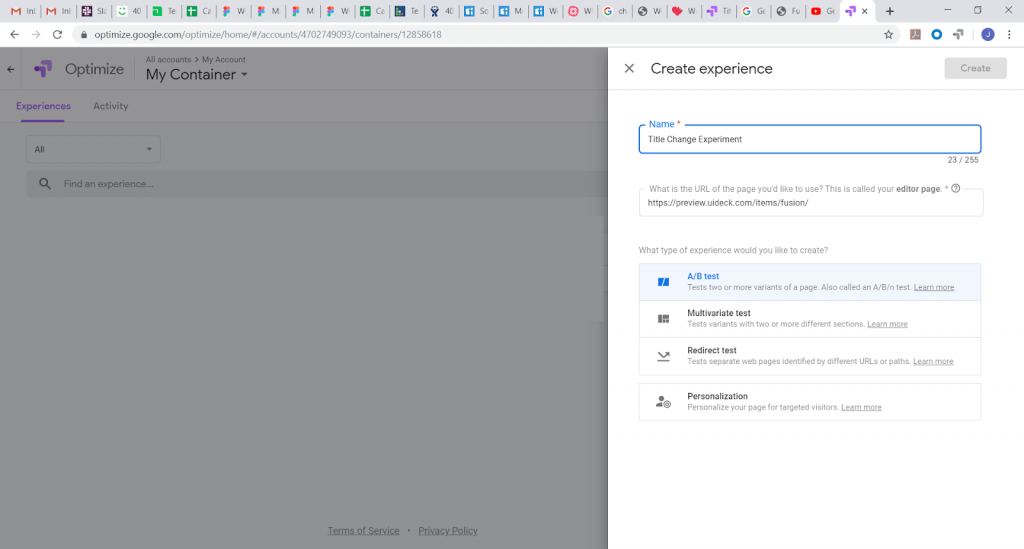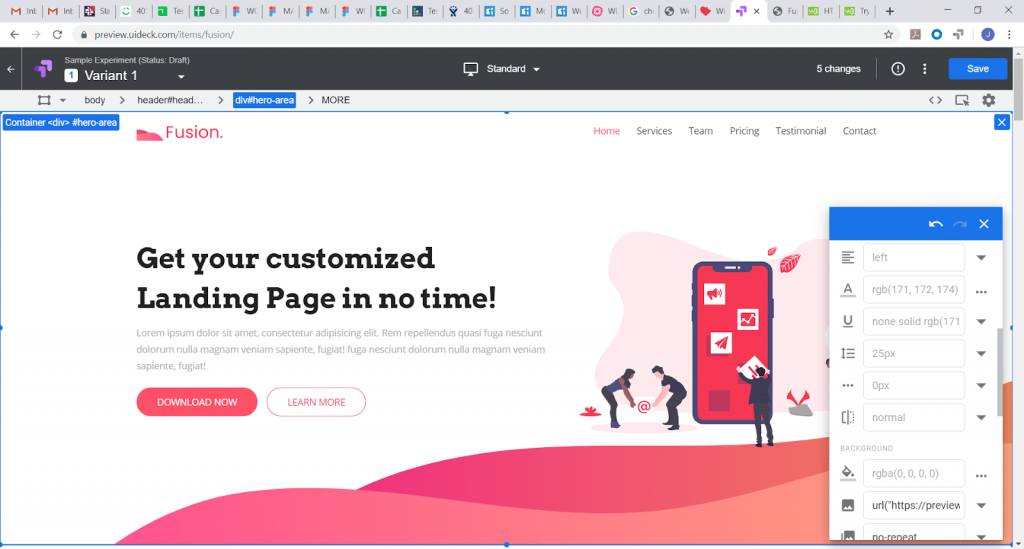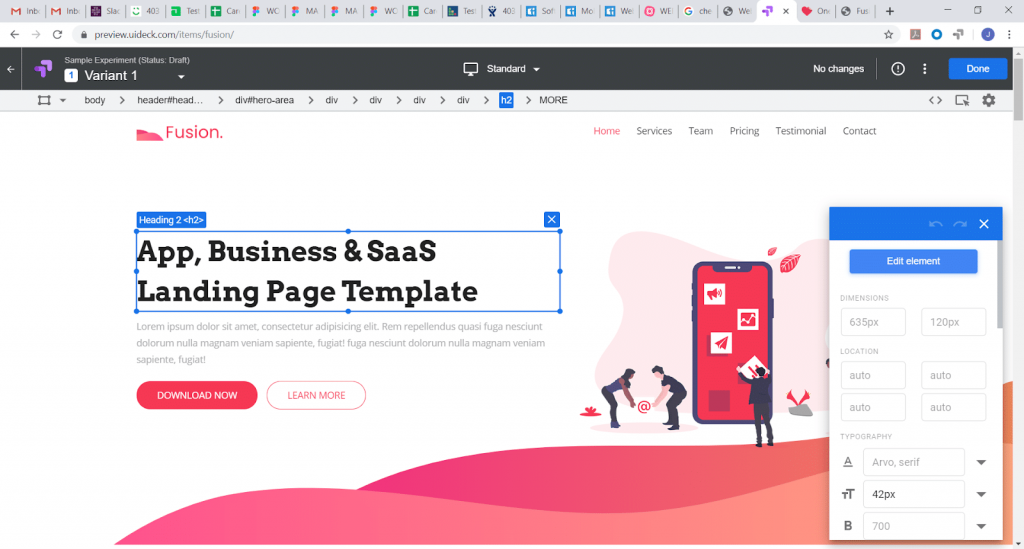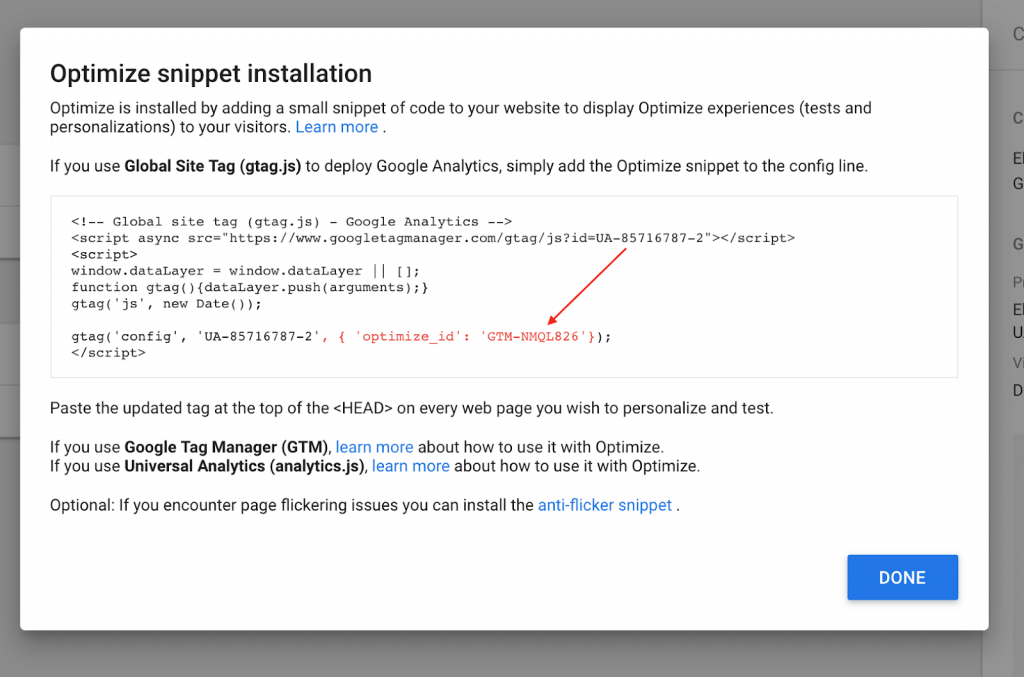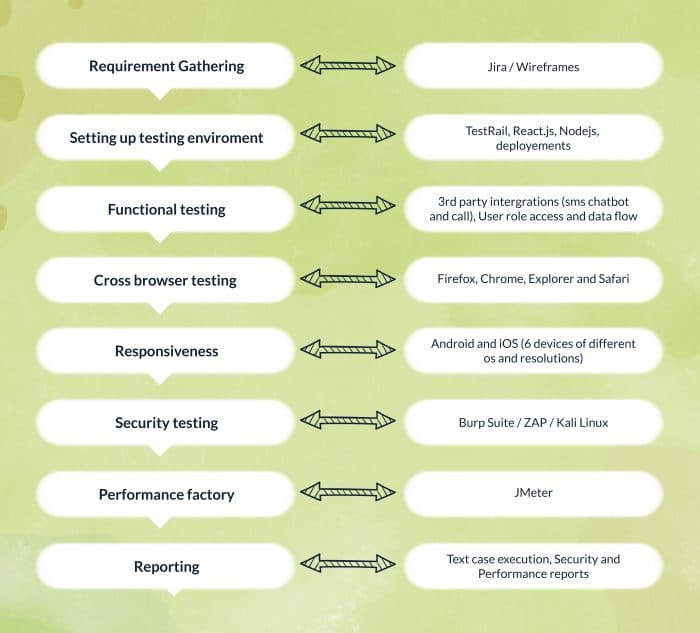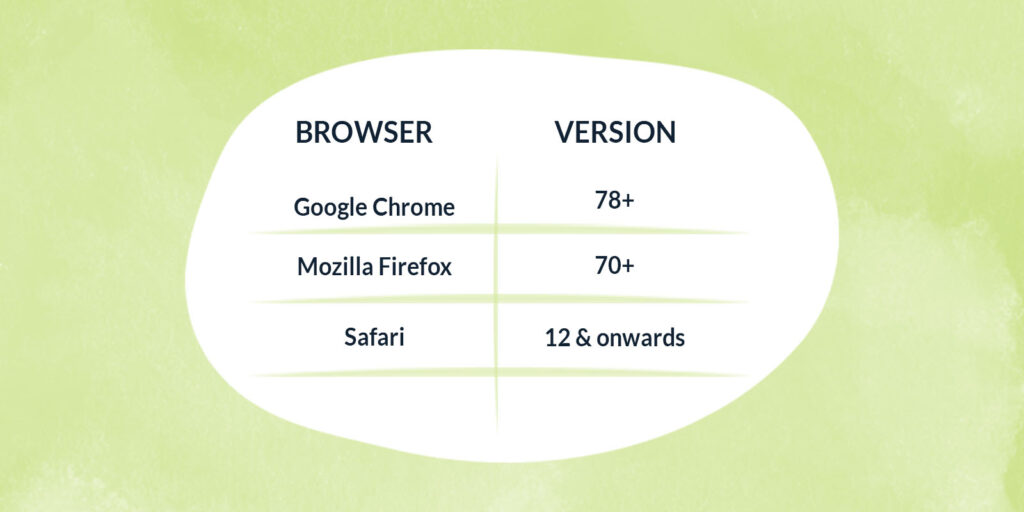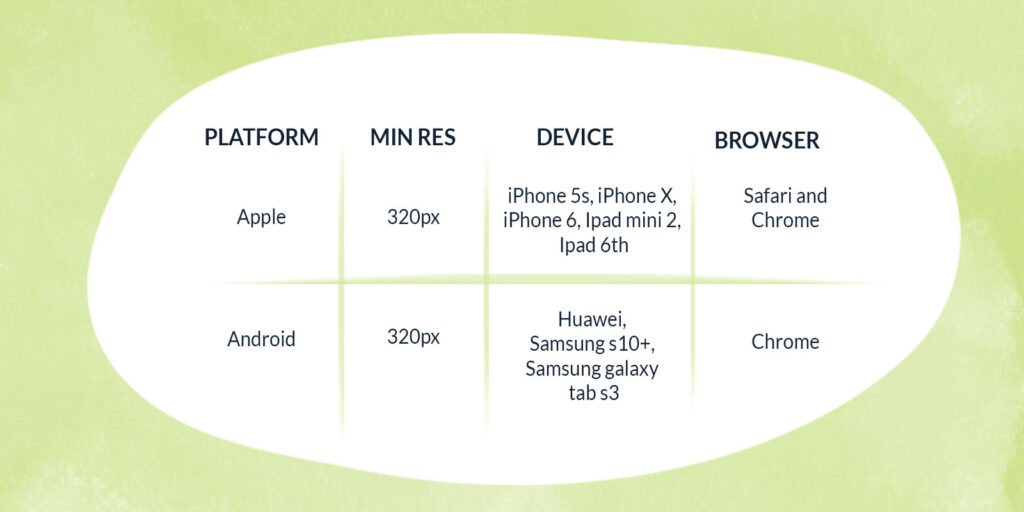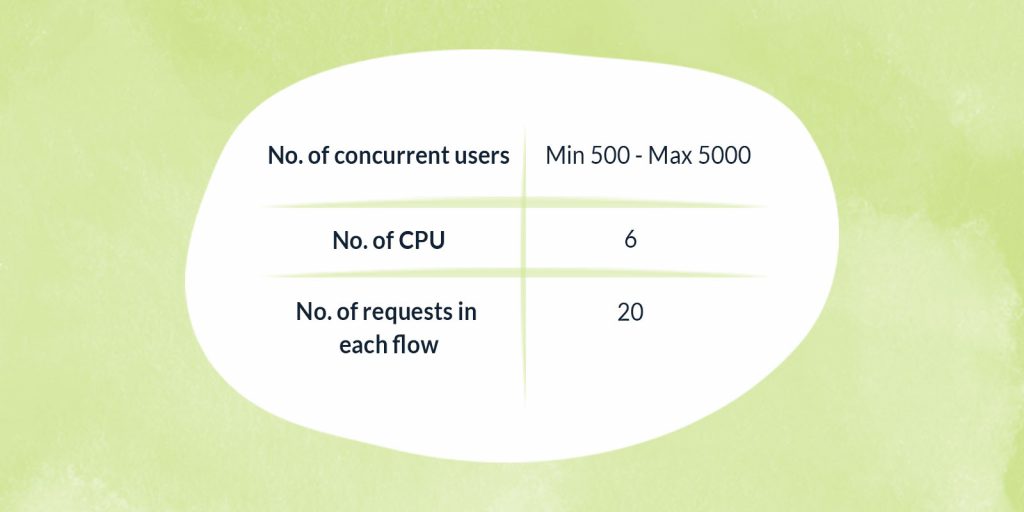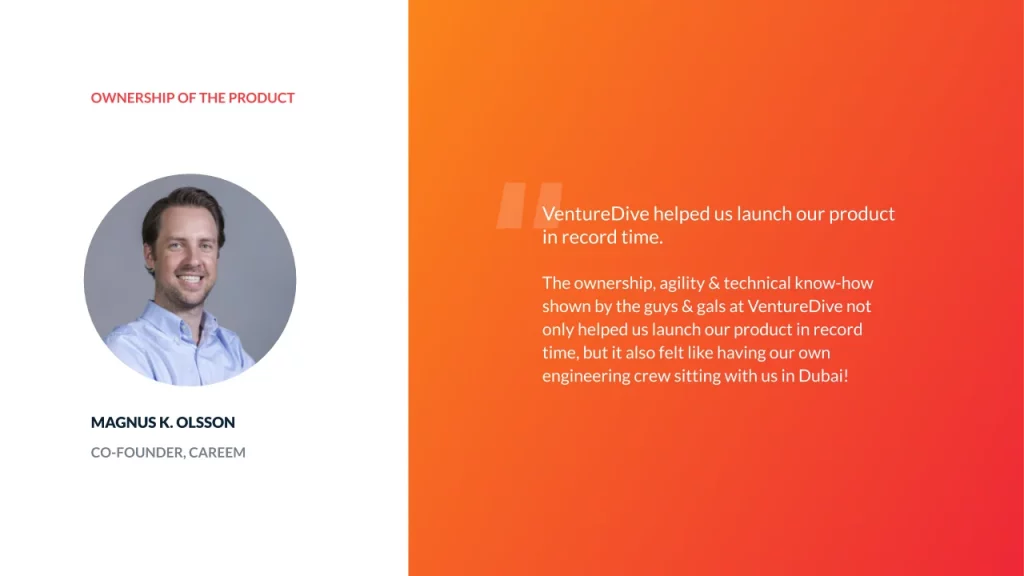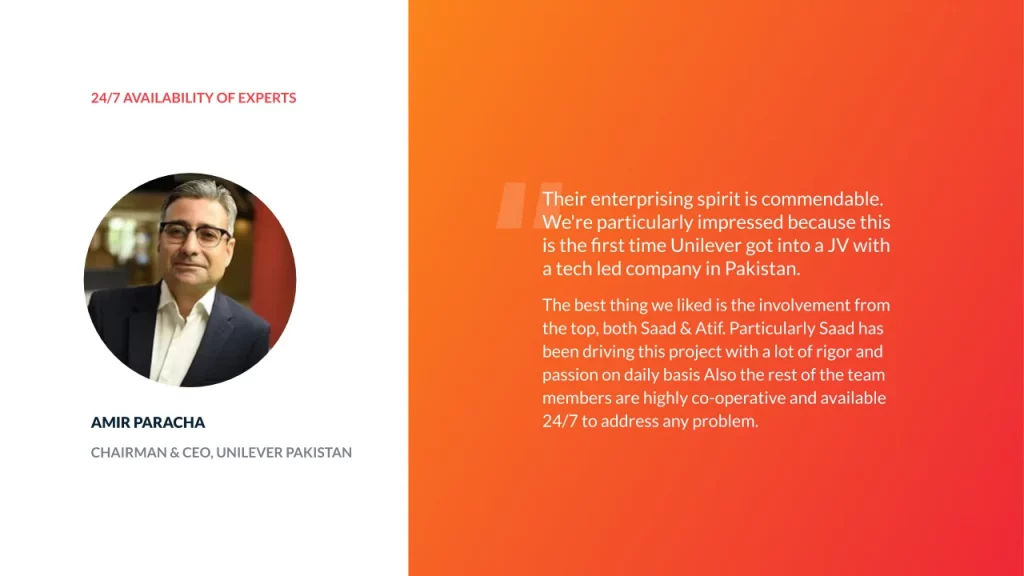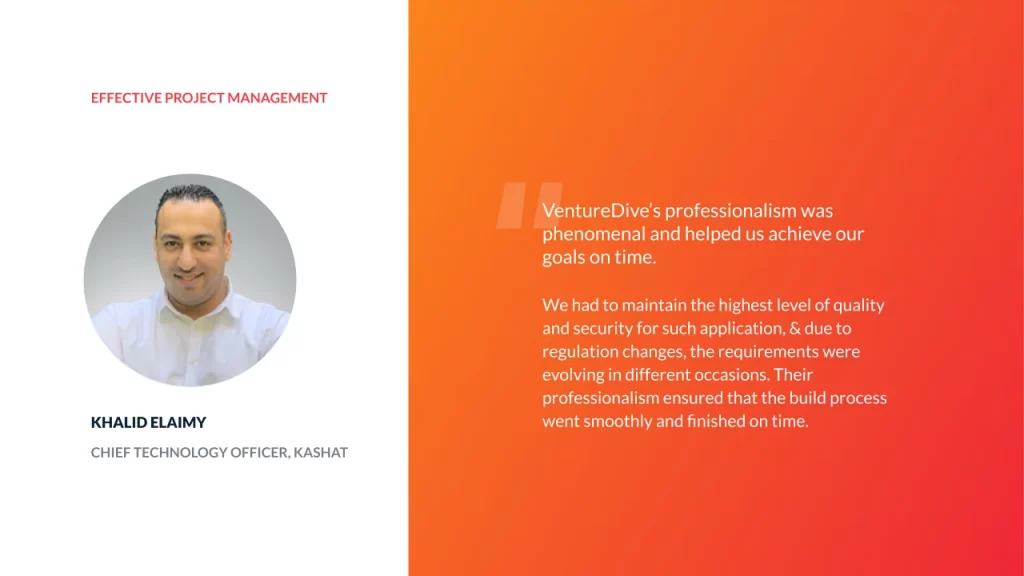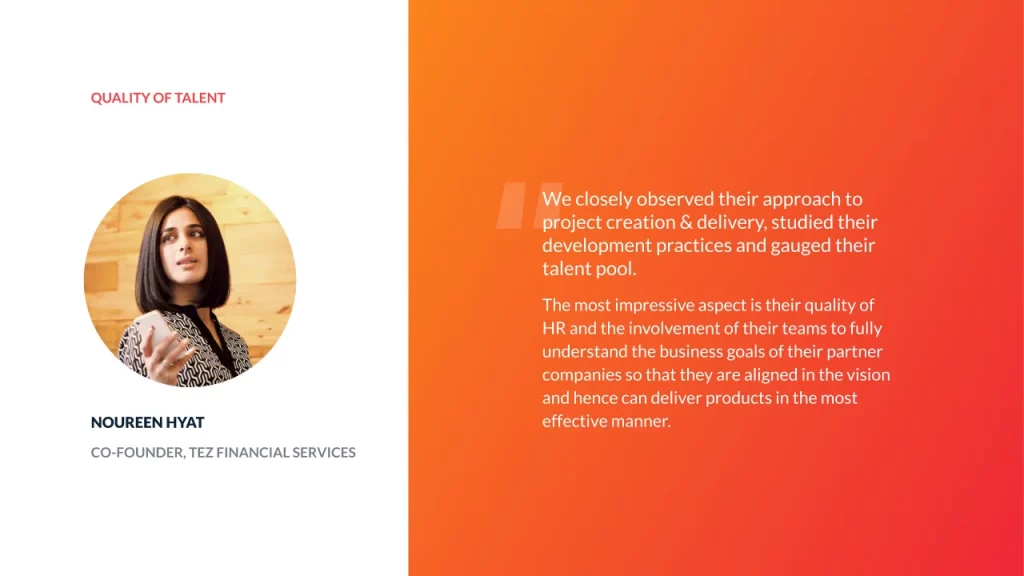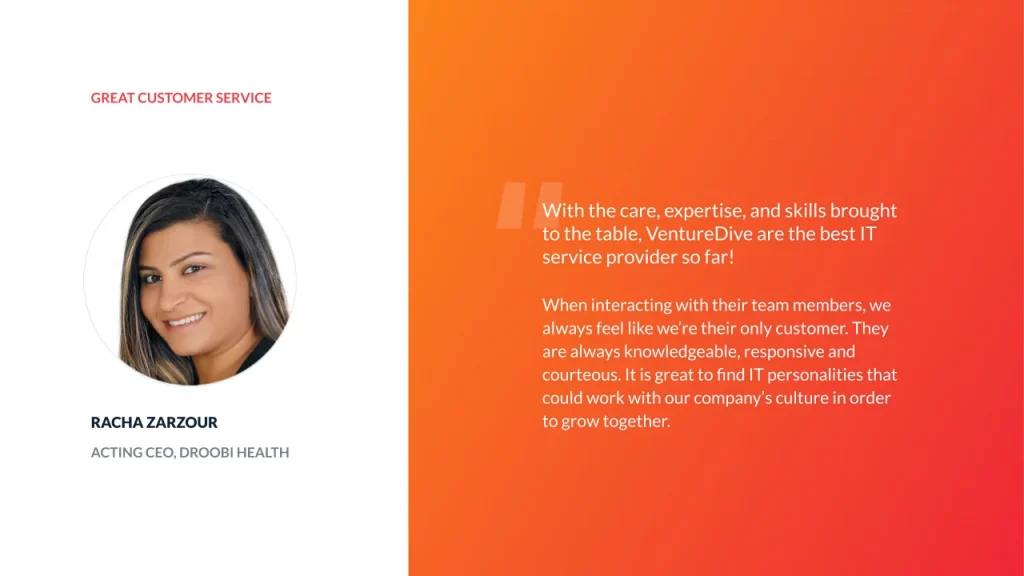At VentureDive, we pride ourselves on our ability to innovate to improve lives. What sets us apart from other technology solutions companies is our underlying mission to solve real-world challenges through cutting-edge services, products, and experiences.
Our technology solutions span web and mobile design and development, consulting, and data and analytics. To provide potential clients with insights into what it’s like to work with us and the results we’re capable of delivering, we often direct them to our Clutch profile.
Clutch.co is a rating and review platform based in Washington, D.C. covering web, software, and mobile app development companies around the world.
Clutch lists IT organizations across the world, rating them on their market presence, industry experience, and proven ability to deliver excellence and results to their clients. Instead of clients merely leaving reviews or star ratings, the Clutch team speaks directly with current and past clients to hear first-hand how each firm performs and delivers.
This comprehensive approach gives users and buyers a realistic understanding of each service providers’ strengths and weaknesses.
It’s very important for us to receive honest and detailed feedback from our clients. This feedback helps us upgrade our strengths and correct our weaknesses. We are thankful to all our clients whose words will continue to inspire us to work, create, and evolve.
Many of our clients have given us amazing reviews on Clutch and shared their experience of working with VentureDive. They’ve rated us out of 5 in different categories; below are some insights from a few of our clients.
Kashat
Our most recent five-star review comes from Kashat, the first digital nano lending company in Egypt. They approached with a unique challenge, to deliver a cutting-edge solution to their customers which would be the first of its kind in Egypt. Considering the project and the regulatory requirements, it was paramount that the highest level of quality and security was maintained for this project.
The client was thrilled with our team’s high level of understanding throughout the process and their professionalism ensured that the build process went smoothly and finished on time.
GoRead.pk
GoRead.pk, an educational startup that’s working to improve literacy and develop a love for reading amongst children in Pakistan, left us our first review on Clutch — along with a perfect 5-star rating!
The startup approached us to develop their mobile app. A core part of GoRead.pk’s initiative is to have volunteers read stories aloud to children in underserved communities.
The startup wanted an app that would help facilitate volunteer registration and serve as the primary communication tool amongst all stakeholders in the program. They also hoped that eventually, the app would give children independent access to stories.
Although the client had a short two-month deadline, the team was up for the challenge; we worked quickly and ensured effective collaboration between our teams so that the app was ready on time.
When the app launched, it immediately generated a lot of interest, and GoRead.pk reports that it’s become a beneficial tool in their program. They appreciate that our team has come to their offices to help volunteers download and troubleshoot the app.
Tez Financial Services
We recently received another glowing review from Tez Financial Services, the first fully-digital and licensed financial institution in Pakistan. They wanted to provide frictionless financial access and aggregate various financial accounts, from insurance to savings, into a single mobile app — and they hired us to do so.
The first order of business was to meet with Tez Financial to discuss their business goals and determine what end-user needs the platform had to fulfill. Then, we got to work developing a robust, comprehensive, forward-looking, and user-friendly mobile app. We designed the app and did both front-end and back-end development.
Tez Financial reports that we played a pivotal role in the launch of their company. The app has a healthy NPS and a high rating in the Google Play Store.
The client appreciated that our senior management provided full support throughout the project, which helped to ensure that all of the project objectives were met in a timely manner. They also commended our efforts to align with their vision.
Unilever
One of our recent high profile projects was the Munchies project with Unilever Pakistan. This was an important project as this was the first time that Unilever got into a joint venture with a tech-led company in Pakistan.
The challenge was to build a delivery platform from where a consumer could order and get ice cream delivered in 10 minutes. Unilever initially approached us for a google sprint to the entire model and then moved on to partner with us to develop the entire framework.
A month after the launch, Munchies was downloaded over 7,000 times and the system had received 3,000 orders. The client appreciated our organization and attentiveness when it came to the project as we successfully met deadlines.
We strive to provide our customers and partners with solutions that perfectly match their requirements and these amazing reviews are a testament to our commitment and drive. If you want more information about our work and approach, feel free to visit our case study section, read our blog, & follow us on our social media pages.
We look forward to growing our Clutch presence and delivering more successful projects to our clients. If you have a business challenge that you’d like to run by us, don’t hesitate to reach out! We love taking on new partners and challenges.












